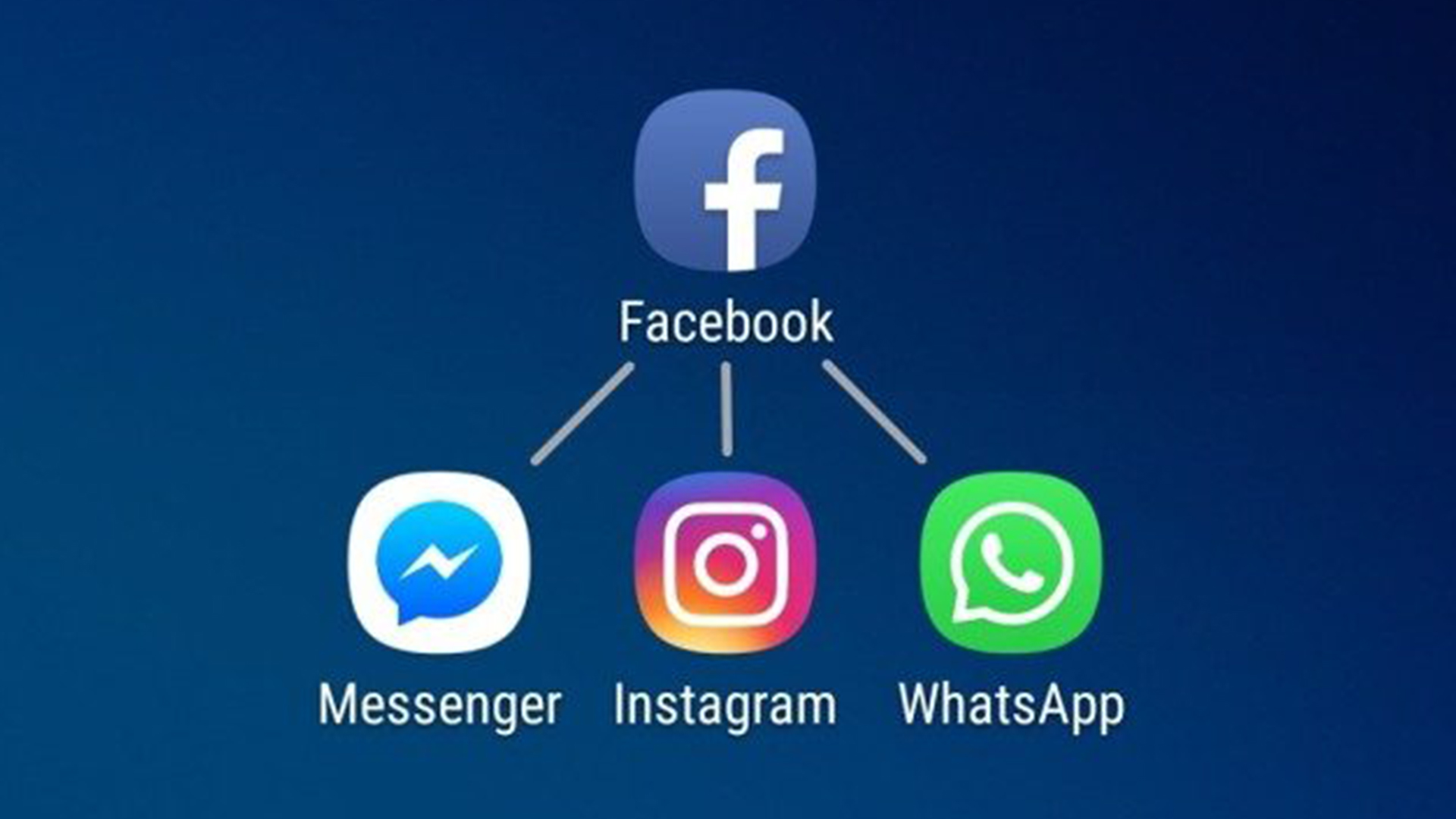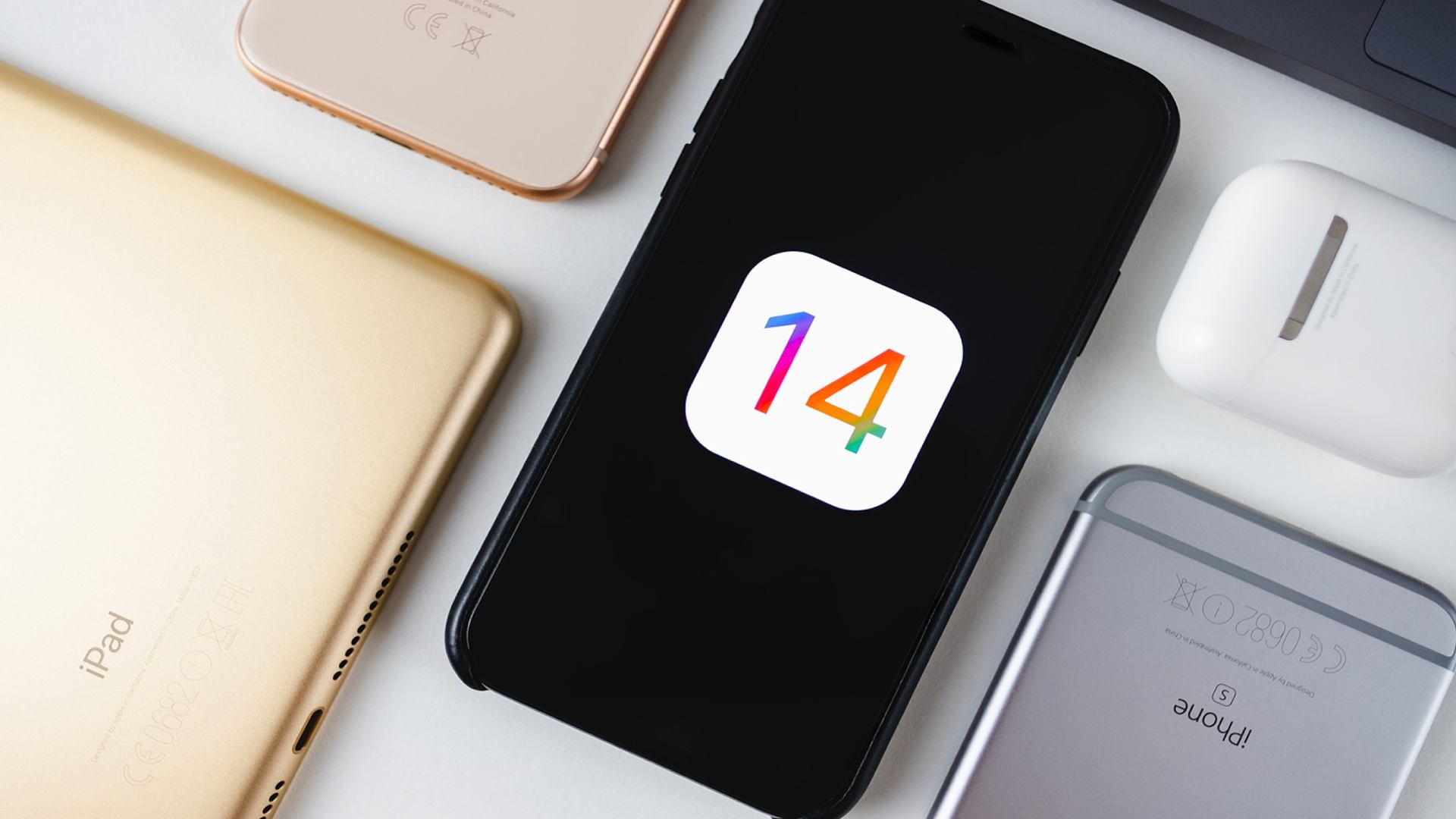
Google has long been working on a way to help advertisers track spending in physical stores. Now it looks like they might have the beginnings of a solution.
For businesses that sell products both online and in physical brick-and-mortar locations, part of the challenge with demonstrating the value of AdWords has been determining whether an ad viewed online had an impact on a consumer’s decision to purchase in-store. This has been an ongoing issue both for marketing managers – who have to prove the ROI of digital marketing solutions to their bosses – and for Google, who wants to prove its value to marketers and encourage more spending on AdWords.
Last Tuesday, the search engine giant announced that a new tool will track how much money certain people spend in physical store locations after clicking on those companies’ digital ads. How did Google manage to solve this seemingly unsolvable problem? By mining credit and debit card data.
How it Works
Google says it has access to data regarding roughly 70 percent of U.S. credit and debit card sales as a result of its partnerships with other companies that track that data. By matching the combined ad clicks of ad clicks with this digital purchase information, Google will be able to let merchants know when their digital advertising resulted in a physical sale.
At present, there is no way to track the offline purchasing behaviour of the 30 percent of U.S. digital transactions Google does not have access to, or cash transactions. Nor has there been a mention of whether this program will be expanded to foreign countries.
This credit and debit card data is just one more data point Google is able to access in order to target and measure user behaviour, in addition to search data, email data and mobile app usage data. If the program is successful, it may convince more retailers to increase their digital marketing budgets.
What it Means for Businesses and Consumers
Merchants and Marketing Managers should welcome this change, as it makes it easier for them to track the customer journey from online acquisition to offline conversion.
Consumers, on the other hand, may be wary of how the information that is being collected about their purchasing behaviour will be used. Although Google has assured that it won’t be able to see the specific items a person purchased or much he or she spent, it is theoretically possible that the aggregate data gathered could be converted back to data that can identify individuals.
Sridhar Ramaswamy, Google’s senior vice president of ads and commerce, said the new system was built with help from “incredibly smart people” in a “double-blind way” to ensure privacy. But in a world that is increasingly at risk of data breaches from malicious hackers, consumers may not be so easily convinced.
“The privacy implications of this are pretty massive, so Google needs to tread very carefully,” said Miro Copic, a marketing professor at San Diego State University.
It remains to be seen how consumers will respond to this new program and whether it will impact their purchasing behaviour. We will be keeping a close eye on the program as it rolls out across the U.S. and perhaps eventually makes its way to New Zealand.
















